EDTA Ethylenediaminetetraacetic acid, edetic acid A chelator that binds divalent–eg arsenic, calcium, lead, magnesium, trivalent cations Lab medicine EDTA is added to blood collection tubes to transport specimens for analysis in chemistry–eg CEA, lead, renin;BC Blood culture bottle contact laboratory J Contact laboratory for advice on sample taking X Test by appointment RF Random Faeces LF Faecal Collection RU Random Urine FCRU First Catch Random Urine (for DL12/Chlamydia, etc) CU 30ml aliquot from a 24 hour urine collection – state total volume PUDuring Steven Avery's murder trial in 07, the defence proposed that blood found in Teresa Halbach's vehicle may have been planted by police using an anticoagulated EDTA blood sample in police custody, but indicated that they would not be able to substantiate this theory as there was no laboratory test available that could detect the presence of EDTA in a blood sample
3
Edta blood sample test
Edta blood sample test- For the specific diagnosis of EDTAinduced thrombocytopenia, follow these steps Collect the blood specimen in an EDTAcontaining tube Perform aFresh samples of EDTA anticoagulated whole blood samples and cord blood samples (cord blood samples are not approved for TANGO ® optimo) must be used for the Direct Antiglobulin Test Samples
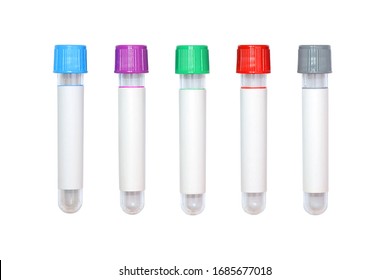



Edta Tube High Res Stock Images Shutterstock
Abstract Background Potassium ethylenediaminetetraacetic acid (EDTA) is a sample tube anticoagulant used for many laboratory analyses Gross potassium EDTA contamination of blood samples is easily recognised by marked hyperkalaemia and hypocalcaemiaHistorically, EDTA has been recommended as the anticoagulant of choice for hematological testing because it allows the best preservation of cellular components and morphology ofIce may freeze cells in the EDTA tube and cause platelet clumping
Please note that samples for Occult Heartworm (antigen) tests must be received within 7 days of collection Knott's Test (microfilariae) and Heartworm Microfilaria Dilfil Filter Test each require 1cc blood in a purpletop (EDTA) tube Babesia gibsoni testing is NOT being performed at Kansas State for export purposesUpon receipt in the CLIAcertified laboratory, the fingerstick whole blood samples in the Nanotainer Tubes should be centrifuged at 10g for 5 minutes within 48 hours of sample collection The venous K2EDTA anticoagulated whole blood samples should be centrifuged at 1300g for 10 minutes per standard vacutainer protocols – Nanotainer TubesEDTnticoagulated blood samples for platelet counts Transport EDTA (and citrateanticoagulated plasma) on ice packs The EDTA blood should not in direct contact with the ice (wrap with a paper towel);
Lab tests showed a very small amount of EDTA in some Simpsoncase blood evidence But some experts believe the chemical came from a test sample, not blood from the crime scene The test sample wasThe samples should be maintained at 2–8°C while handling If the plasma is not analyzed immediately, the plasma should be apportioned into 05 ml aliquots, stored, and transported at –°C or lower It is important to avoid freezethaw cycles Samples which are hemolyzed, icteric, or lipemic can invalidate certain tests Heparin and EDTnticoagulated plasma are commonly recommended for the determination of blood ammonia concentration, but oxalateanticoagulated plasma has also been used , , , In light of the differences in the literature, this study aims to determine the appropriate test matrix for ammonia measurement and the stability of plasma ammonia in
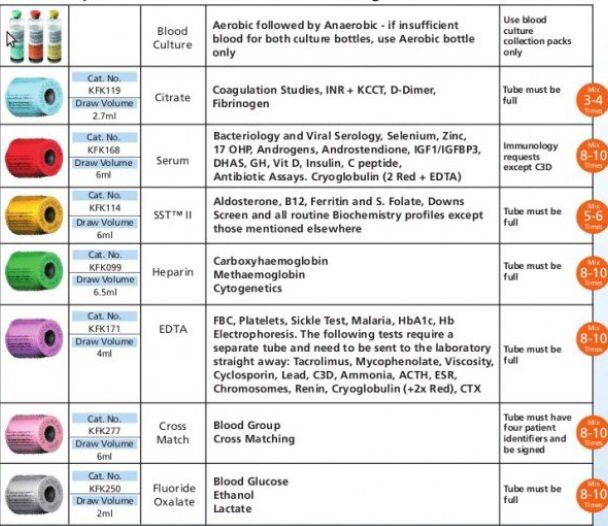



Phlebotomy Order Of Draw Explained E Phlebotomy Training



1
Hematology–it is the preferred anticoagulant for blood cell counts, coagulation studies, Hb electrophoresis, ESR;General Information In general, hematology testing is performed on EDTA (purple top tube) anticoagulated blood This is the only type of anticoagulant that can be assayed with our hematology analyzer, therefore all hematology tests performed with this analyzer (routine hemograms, red and white cell counts, etc) will only be done from EDTA tubes EDTA prevents clotting of blood by chelating calcium If a certain blood test requires the blood to be unclotted, this is often used It is the anticoagulant (chemical that prevents blood




Blood Sample Analysis Microbiology And Cell Biology Medicinal Chemistry Emery Pharma



Disposable Blood Collection Supplies Edta Blood Collection Tubes Lavender Purple Top
Blood samples were collected from 30 outpatients (11 men and 19 women;An EDTA test is used to assess the function of your kidneys through a series of blood tests EDTA refers to the name of the substance that you will receive by injection EDTA contains a small amount of radioactive material This allows it to act as a tracer which will show the kidney functionEDTA – ethylenediaminetetraacetic acid An added precaution is to never use iodine or Betadine solutions to cleanse the skin before collecting blood samples to prevent possible interference of test results, especially in the analysis of potassium, glucose, and total protein This is of particular importance with coagulation tests Many
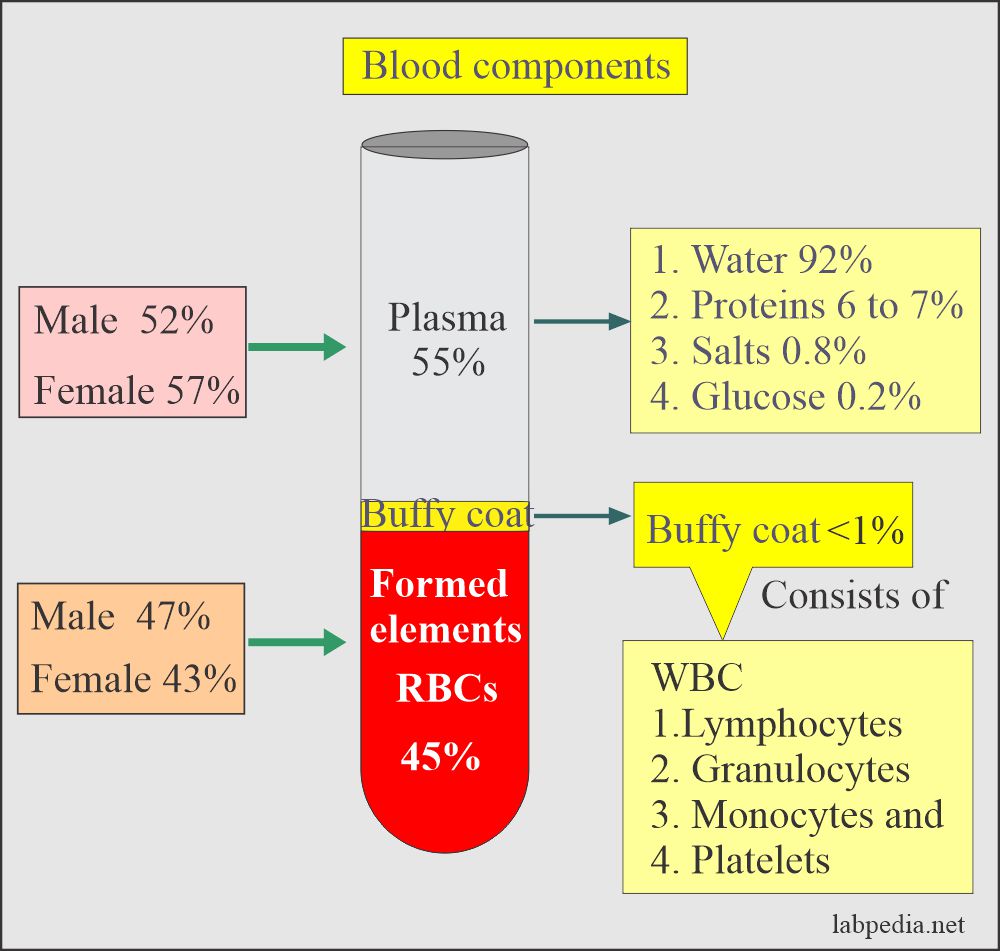



Blood Sample Types Anticoagulants Preservatives Adverse Effects Of Additives Labpedia Net
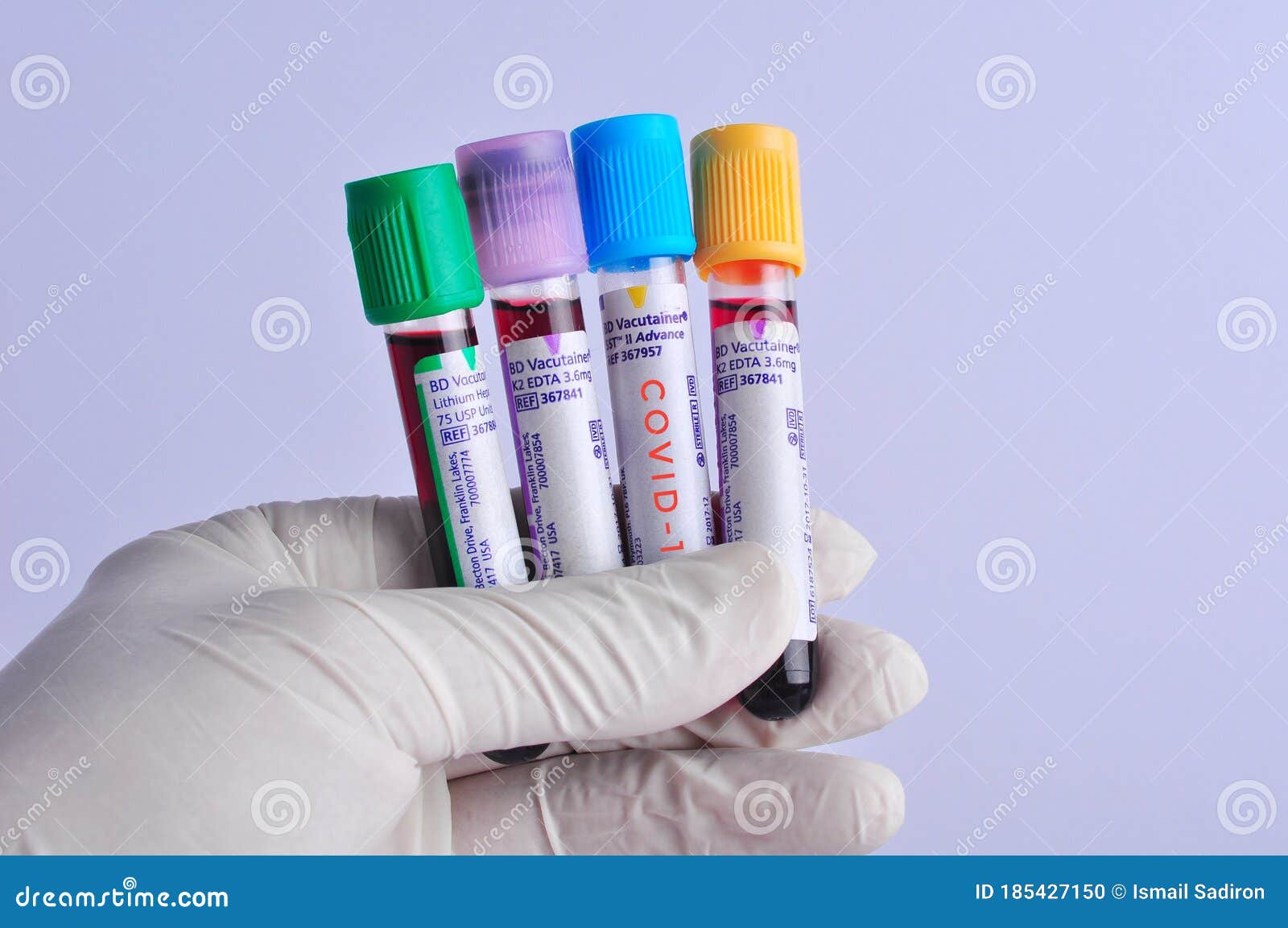



Hand Holds A Test Tube Containing A Blood Sample Test Tube For Covid 19 Coronavirus Editorial Image Image Of Outbreak Ncov
EDTA also binds metal ions in the blood and is used in chelation therapy to treat iron, lead or mercury poisoning Its bloodbinding capacity also means it can be labelled with radioisotopes and used as an EDTA scan to assess renal glomerular filtration rateSpecimen RequiredDefines the optimal specimen required to perform the test and the preferred volume to complete testing Container/Tube Lavender top (EDTA) Specimen Volume 3 mL Collection Instructions Send specimen in original tube Do not aliquotIn EDTA whole blood or lymph node aspirate (optimal sample is blood enriched with lymph node aspirate) PCR Panel tests for all organisms in Babesia genera, Bartonella genera and Ehrlichia genera Positive samples will be speciated and DNA sequenced as needed
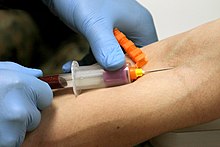



Vacutainer Wikipedia
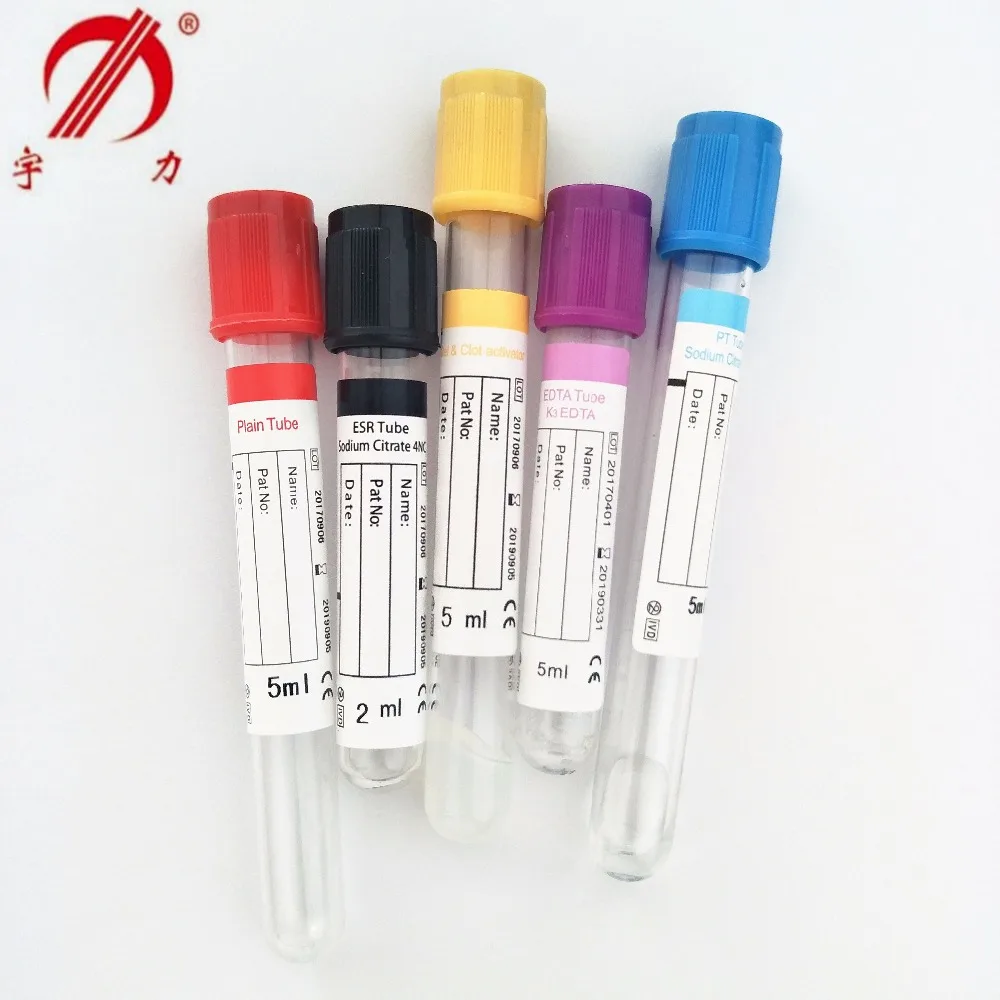



Purple Colour Blood Bottles Tubes With Edta For Blood Sample Drawing Buy Colour Blood Bottles Draw Blood Sample Edta In Blood Tubes Product On Alibaba Com
Urine tests work for all breeds, while DNA tests are mutation and breed specific You MUST send a urine sample Additionally, you may also send us a blood smear, an EDTA blood and a serum sample, which can be informative for further evaluation but not required If you have further questions, please email PennGen@listsupennedu Because blood samples for other common tests use EDTA as anticoagulant, the use of EDTA plasma for PT tests could be convenient, and we wished to explore this possibility PT tests are needed at regular intervals for control of anticoagulant therapy with vitamin K antagonists ( 1 ), and they are the most commonly performed coagulation test inWhole blood samples should not remain at room temperature longer than 8 hours If assays are not completed within 8 hours, samples should be stored at 2°C to 8°C no longer than 7 days If assays are not completed within 7 days, or the sample is to be stored beyond 7 days, samples should be frozen at 15°C to °C Frozen



Children S Hospital Of Philadelphia Tests




Blood Sample Analysis Microbiology And Cell Biology Medicinal Chemistry Emery Pharma
3 EDTA tube on all SP's age 1 following established venipuncture protocol and procedures (A 12% dilution effect occurs in this liquid EDTA tube) 2 Sample volume is 185 μL of whole blood in the closedvial mode The minimum sample volume per tube in the closedvial mode is 1mL with the proper proportion of blood to anticoagulant Plasma stored from EDTAtreated blood can also be used to measure most proteins, and genetic material can easily be stored from EDTA buffy coats (the interface between the red cells and the plasma after centrifugation, containing white cells and platelets) Note these tubes contain either K2EDTA or K3EDTAEDTA Anticoagulant prevents blood clots from forming Depending on the type of test to be done, the tube of blood collected for a test, may come with an anticoagulant inside The tube that comes with an EDTA anticoagulant is commonly seen having a lavender cover or cap




Blood Bottles Guide Geeky Medics
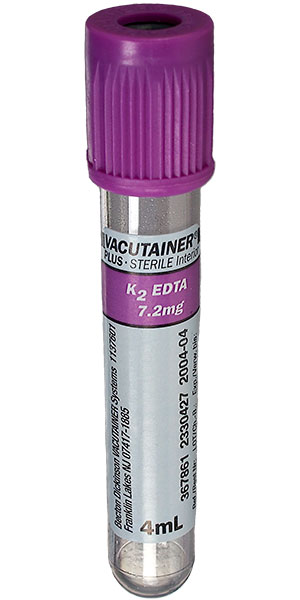



Specimen Collection Devices Laboratory Alliance Of Central New York Llc
EDTA whole blood samples must be run within 1 hour at room temperature, and may be stored refrigerated for up to 12 hours 7Blood should return to19–61 years of age) after a minimum of 10 h fasting into EDTA, sodium citrate, and serum separation Vacutainer tubes The serum or plasma was separated from the blood cells immediately after the blood was drawn by centrifugation at 00 g for 5 min Rarely do scientists test blood for the presence of EDTA Usually, it's only used to collect blood In the Avery trial, a test is designed to look for EDTA which is




vacutainer Glass Blood Collection Tubes With K3 Edta Volume 7ml 13 Fisher Scientific



3
The EDTA blood sample can easily last for at least 4 hours at room temperature and for few days inside the freezer Also, it helps to preserve the morphology of the blood cells Coagulation is possible due to the binding nature of the EDTA to the calcium present in the blood Calcium is responsible for the coagulation of the bloodCollection Instructions Royal blue (trace element) and/or MetalFree aliquot tubes are available from MLabs () Collect blood in a royal blue top (trace element) tube with EDTA (K2) Immediately mix blood sample by inverting gently 8 times Refrigerate and send intact whole blood specimenDark Blue EDTA, for heavy metals testing It is the responsibility of all personnel who collect blood sample The following chemistry tests define the estimated minimum whole blood volume The actual sample requirement may be more or less, based on the patient's hematocrit The actual sample requirement needed for




High Quality Good Price 3ml 4ml 5ml 10ml Vacutainer Sterile Sample Vacuum Edta K3 K2 Blood Collection Test Tubes With Gel China Disposable Vacuum Made In China Com
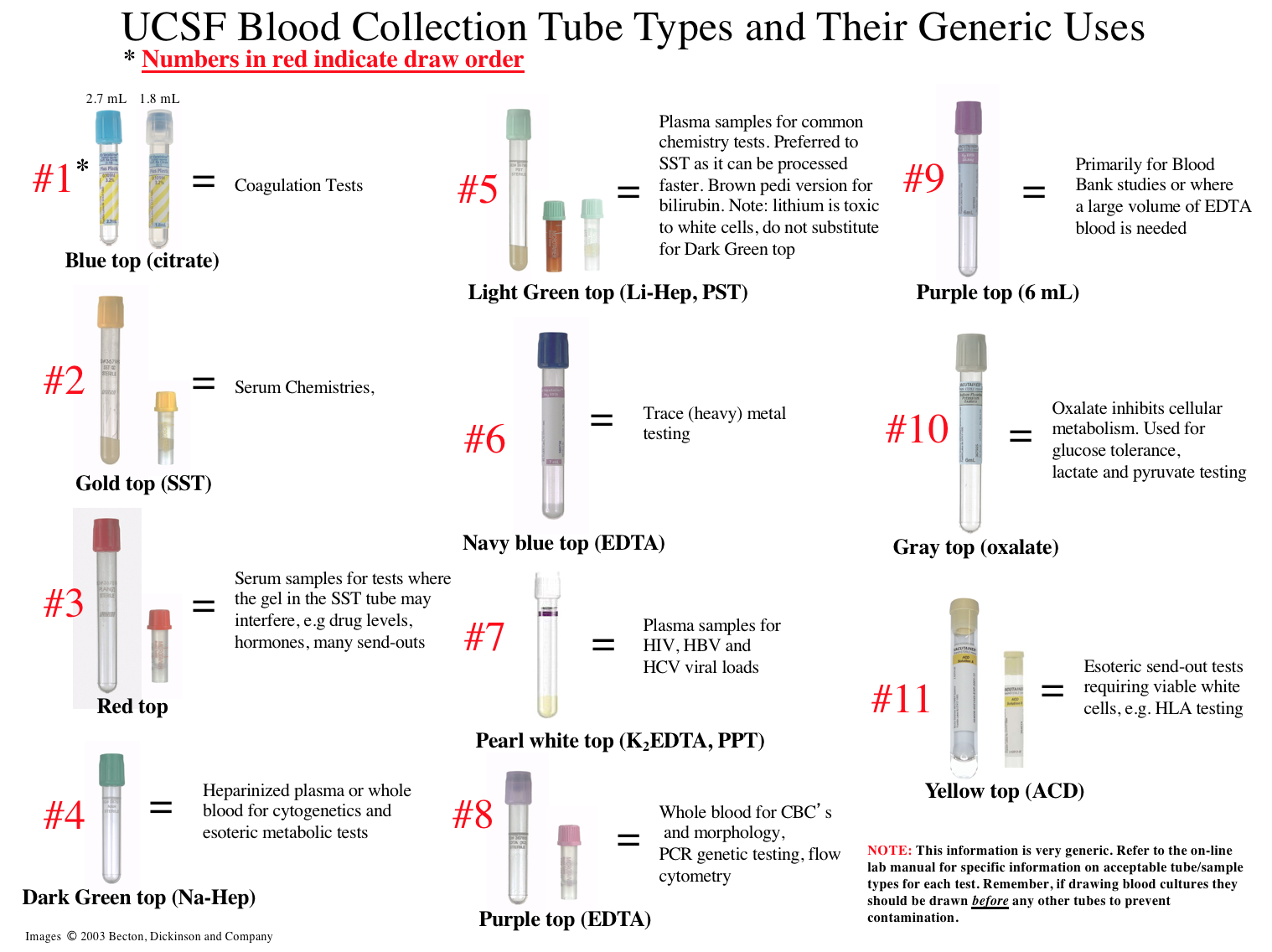



Specimen Collection Ucsf Clinical Laboratories
The police had collected these known blood samples in test tubes containing the preservative EDTA To refute the defense ' s contention, in late 1994 one of the Simpson prosecutors asked Dr Bruce Budowle in the FSRU to determine whether the bloodstain evidence from the gate and socks contained the preservative EDTA For starters, the prosecution gave the FBI an impartial reason for devising the EDTA test A letter requesting the analysis explicitly states that the purpose of testing the blood was 2 EDTA blood sample a) Label the required EDTAtube b) Draw 10 ml of the patient's blood in the EDTAtube c) Bring the tube in the ziplock bag, togheter with the other samples from the same patient d) Store the ziplock bag in your refrigerator until shipment to the Local Lab within 24 hours 3 Sputum a) Label the required sputum container




China Edta K3 Pet Used To Collect Venous Blood Samples For Clinical Testing On Global Sources Edtak2 Collecting Blood Vessels Blood Collection Tube




vacutainer Plastic Blood Collection Tubes With K2edta Tube Stopper Blood Fisher Scientific
A whole blood sample is used for blood gases and ammonia It may be used for glucose, urea nitrogen, and lactate estimation Serum and plasma are used for the majority of the chemical tests The disadvantage of plasma is if you store the sample, then there are chances to form fibrin clots These microclots may block the probe of the analyzerAs coagulation tests rely on reversing the anticoagulant effect in the sample, altering the ratio of blood to anticoagulant will cause false test results Samples collected into bottles which have passed their expiry date will be rejected Sample Labelling Pathologywide sample labelling criteria are detailed on the Specimen Labelling page With the correct blood sampling procedure, the collected blood is exposed to the EDTA which binds and withholds calcium ions thereby blocking the activation or progression of the coagulation cascade – ultimately inhibiting clot formation
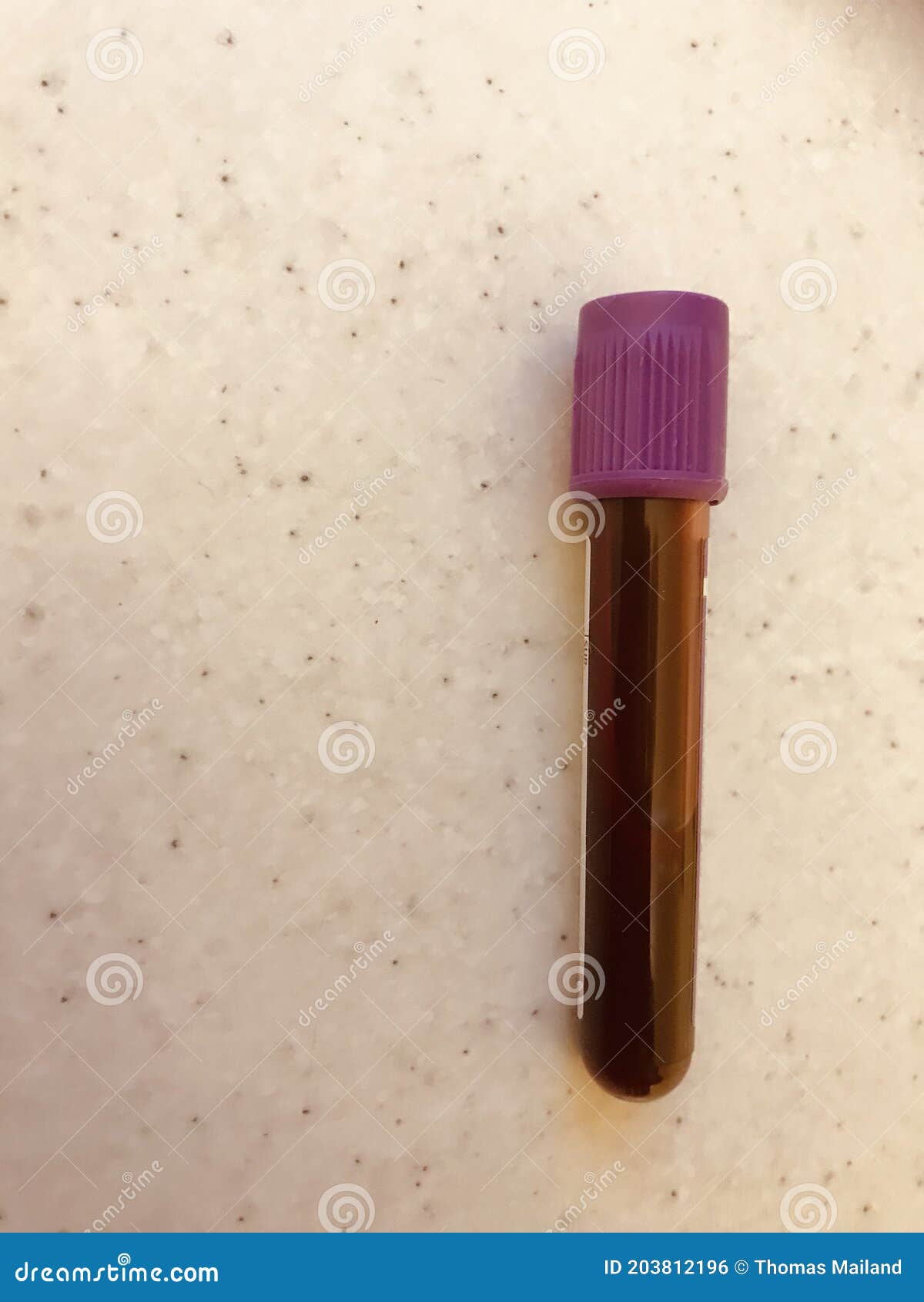



Lavender Top Blood Sample Edta Vacuum Tube Full Of Blood Stock Photo Image Of Form Laboratory
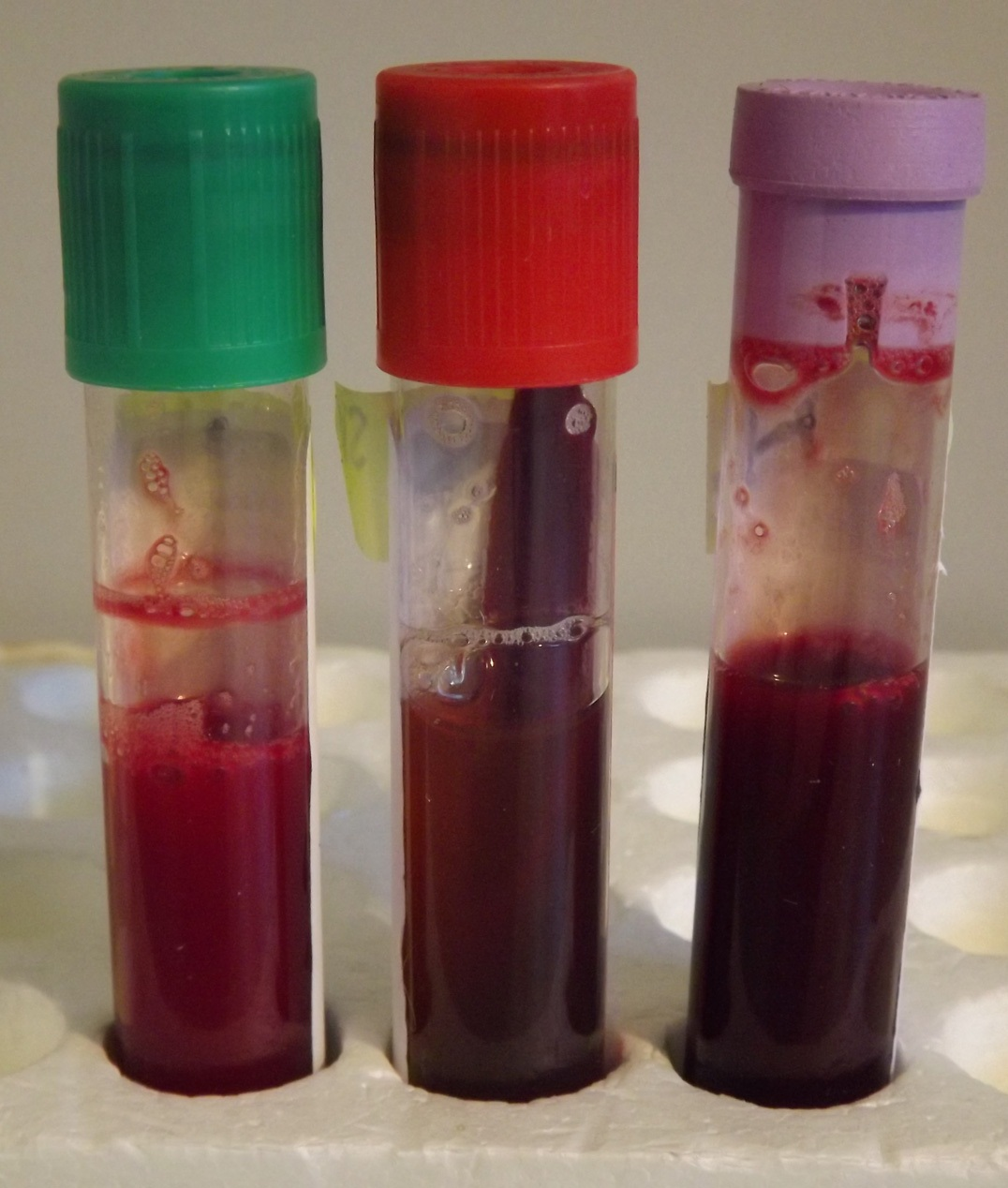



Selecting The Right Blood Test Tube And Techniques For An Accurate Diagnosis Agriculture And Food
EDTA blood (purple top) is usually not centrifuged unless it is used for certain tests, such as measurement of ammonia, ACTH, or glucose Serum or lithiumheparinized plasma are the preferred anticoagulants (serum over heparinized plasma)EDTA EDTA (ethylenediaminetetraacetic acid) is the anticoagulant used by the hematology laboratory because the cellular components and morphology of the blood cells are preserved2 The blood samples (655 mL from participants at enrollment) that are collected and processed by Clinical Center technicians are the foundation for all of these tests The most important step—and potentially the most variable—is the collection and processing of the blood samples If samples are not correctly drawn and processed, the
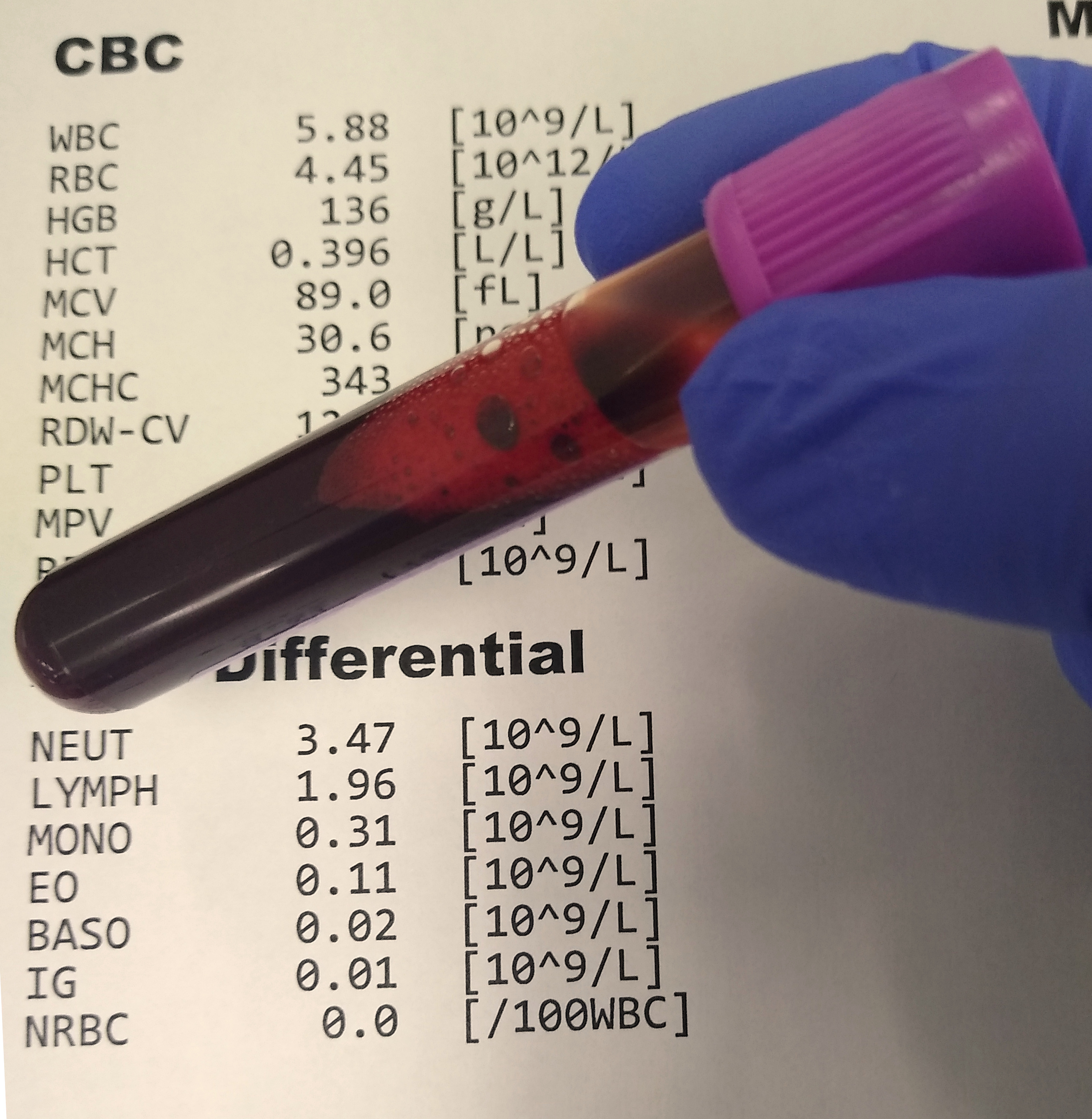



Complete Blood Count Wikipedia




Cylindrical Collection Tube Vs K2 Cml Biotech Pet K2 Edta
Aim The aim was to study the stability of blood samples given at first visit for registration as platelet donors Specific hematologic parameters were studied at time intervals of 4, 48 and 72 hours Materials and Methods Eligible donor's venous blood sample was collected in K2EDTA (Ethylenediaminetetraacetic acid) vacutainers for cell countsFresh arterial whole blood collected in a syringe containing sodium heparin, lithium heparin, or EDTA Test within 30 minutes of collection Suitable Specimens for Troponin I/cTnI and CKMB Fresh heparinized whole blood or plasma samples collected in syringes or evacuated tubes containing lithium or sodium heparinHi George We encountered a case recently where we were asked to perform coagulation testing on specimens collected in EDTA vacutainers The patient was refusing to give more blood than already collected for further coagulation tests and the attending doctor requested us to perform the tests in the blood collected in EDTA vials We refused considering the protocols to be




What Is An Edta Anticoagulant With Pictures
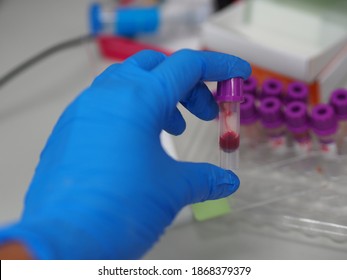



Edta Blood Images Stock Photos Vectors Shutterstock
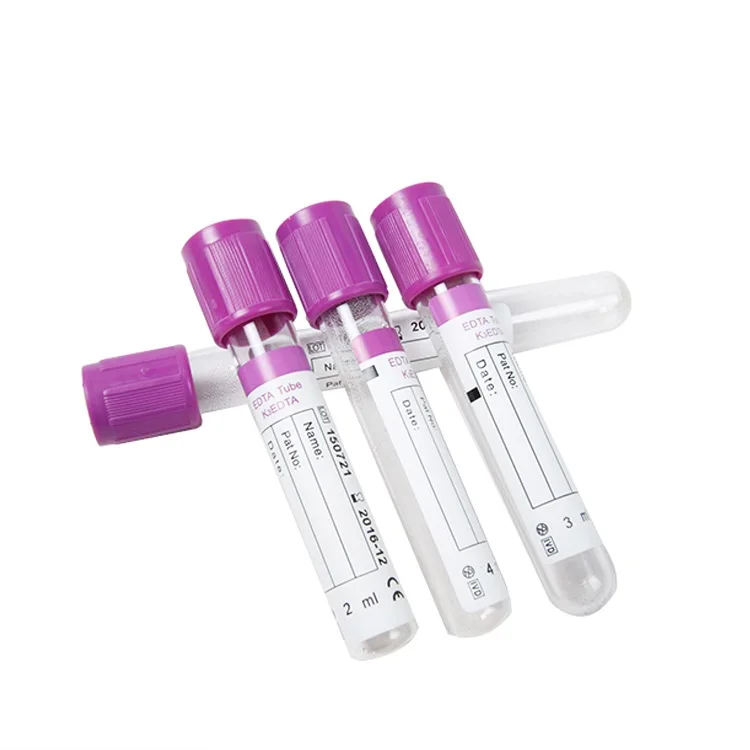



Yueshen High Quality Good Price Sterile Sample Vacuum Edta K3 K2 Blood Collection Test Tubes With Gel Buy Edta K3 K2 Blood Collection Test Tubes Sterile Sample Vacuum Blood Collection Tube Blood Routine




Blood Sample Handling Bioscint




What Is At The Bottom Of A Blood Vial Quora




Blood Sample Tube For Laboratory Testing Stock Image Image Of Edta Disease




Immunology Blood Image Photo Free Trial Bigstock



3
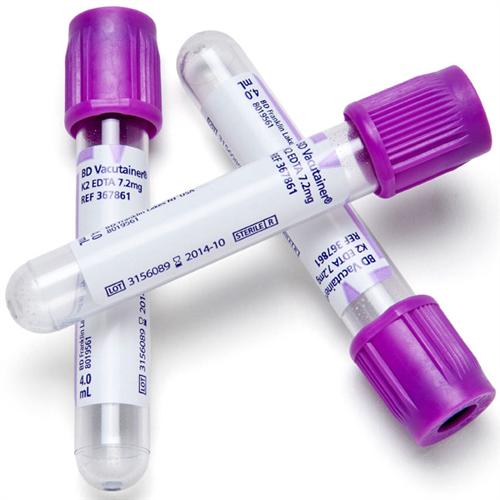



Vacutainer Edta Tube Thomas Scientific




Edta Blood Sample Tube Image Photo Free Trial Bigstock
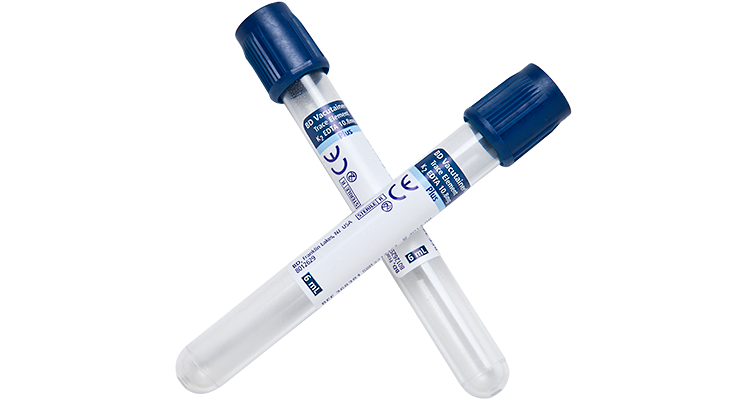



Vacutainer Blood Collection Tubes
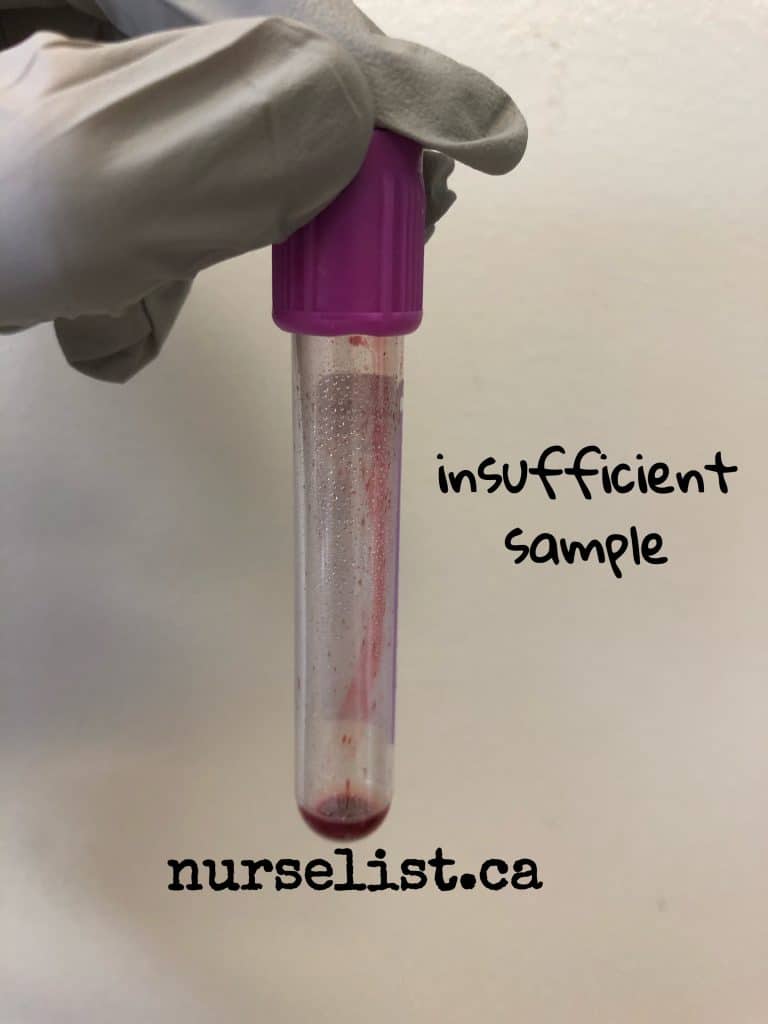



How To Remember The Order Of Draw What Tubes Are Used For What Blood Tests




Collecting Blood Experiment




Cylindrical Collection Tube Vs K3 Cml Biotech Pet K3 Edta
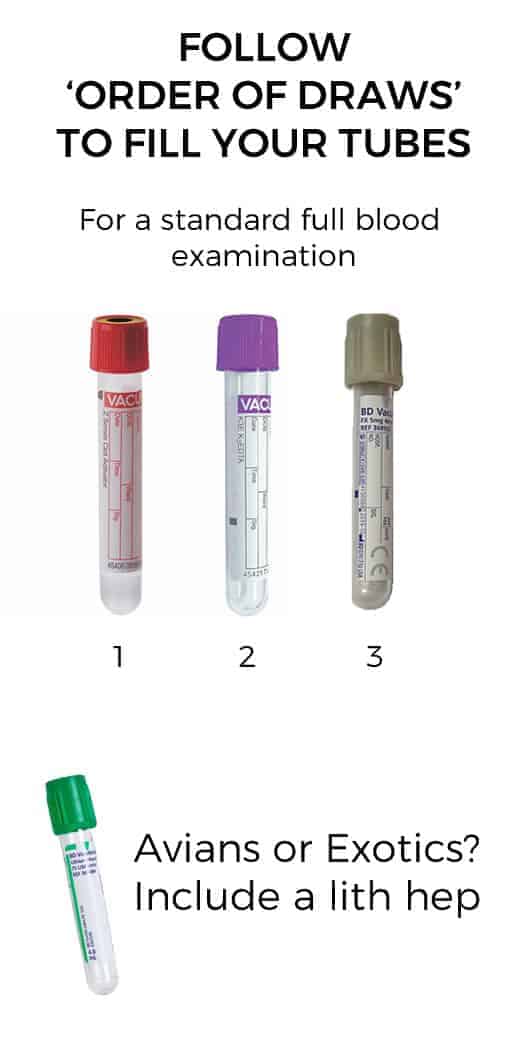



Jugular Venepuncture Get The Best Sample With These Tips For Vns Australian College Of Veterinary Nursing




0 25ml 0 5ml Vacutainer Sterile Sample Vacuum Edta K2 Microtainer Blood Collection Test Tubes Buy Blood Collection Tube Mirco Ordinary Vacuum Blood Collection Tube Test Tube Edta K2 Blood Collection Product On Alibaba Com
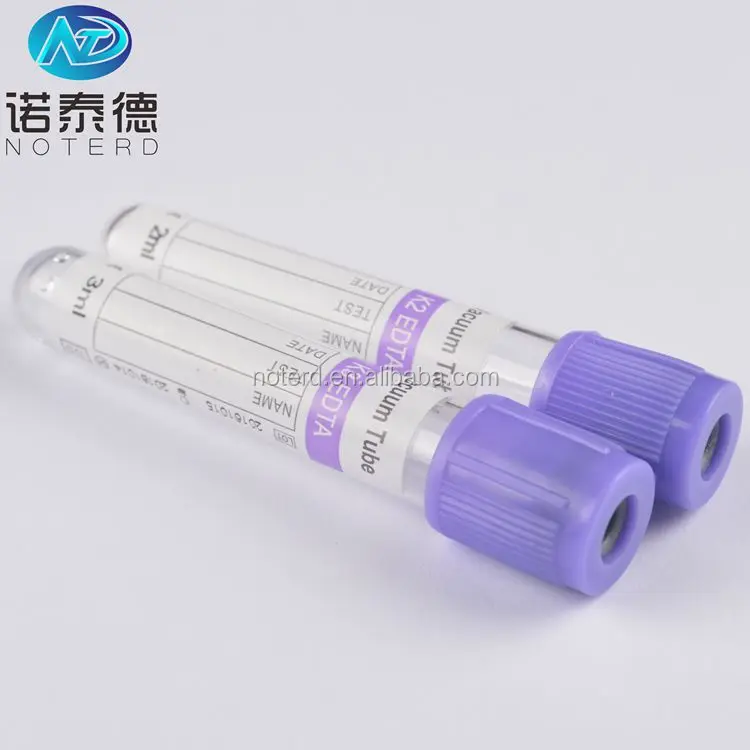



Top Quality Medical Vacuum Edta K2 K3 Vacutainer Blood Sample Collection Bottles Buy Blood Bottles Blood Sample Bottles Blood Sample Collection Bottles Product On Alibaba Com
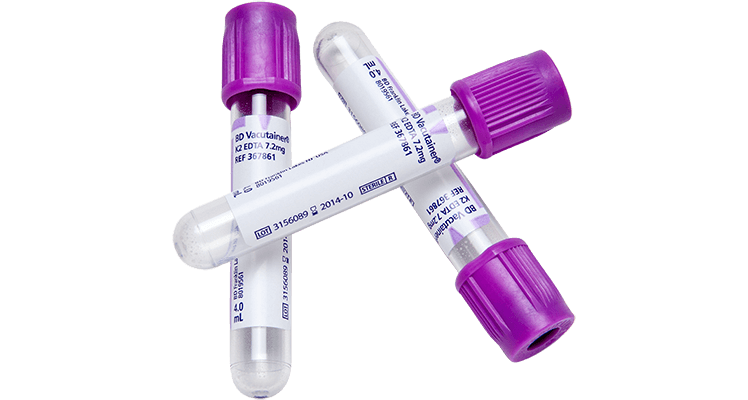



Vacutainer Blood Collection Tubes




How Do I Stop Clots From Forming In Edta Blood Tubes Rcni




Blood Collection Tubes The Right Choice For Your Experiment




Edta Tube High Res Stock Images Shutterstock




Close Up Of Some 3 Ml Test Tubes With Mauve Plugs For Blood Samples Stock Photo Picture And Royalty Free Image Image




Blood Sample Tube With Normal Thyroid Hormone Test Result Stock Photo Picture And Royalty Free Image Image




Paediatric Blood Sample Tubes With Edta Coating Servoprax Com




Edta Uses Reagent Prepration And More Lab Tests Guide
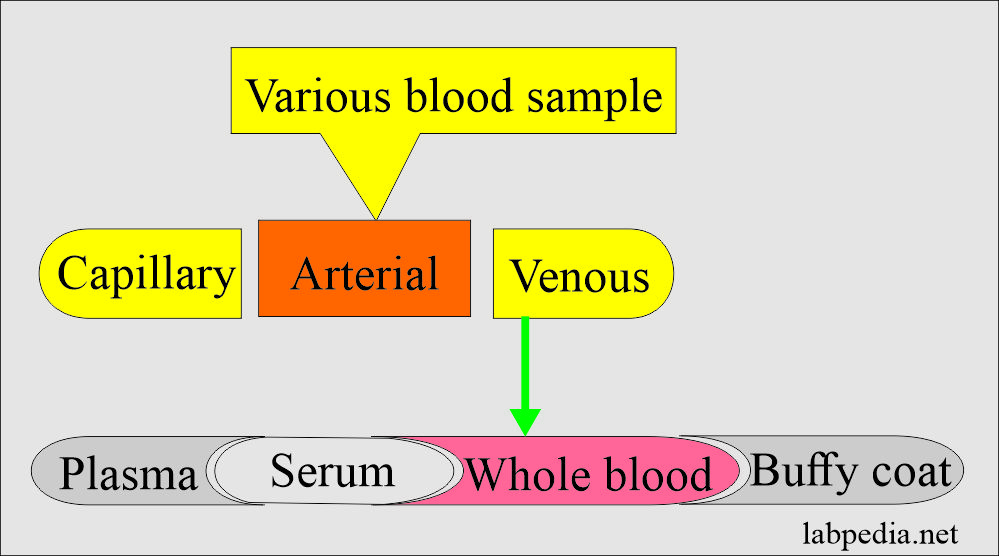



Blood Sample Types Anticoagulants Preservatives Adverse Effects Of Additives Labpedia Net




China Vacuum Edta K2 K3 Blood Sample Collection Blood Test Tube China Blood Collection Tube Blood Collection Tube Manufacturing Machine




China Edta Tube Blood Sample Collection Tube China Edta Tube Blood Collection Tube




Effect Of A Several Volumes Edta Treat Vs Blood Sample B Download Scientific Diagram




Hematology Immunology Image Photo Free Trial Bigstock




Edta Double Cap Blood Sample Tube For Laboratory Rs 1 75 Piece Id
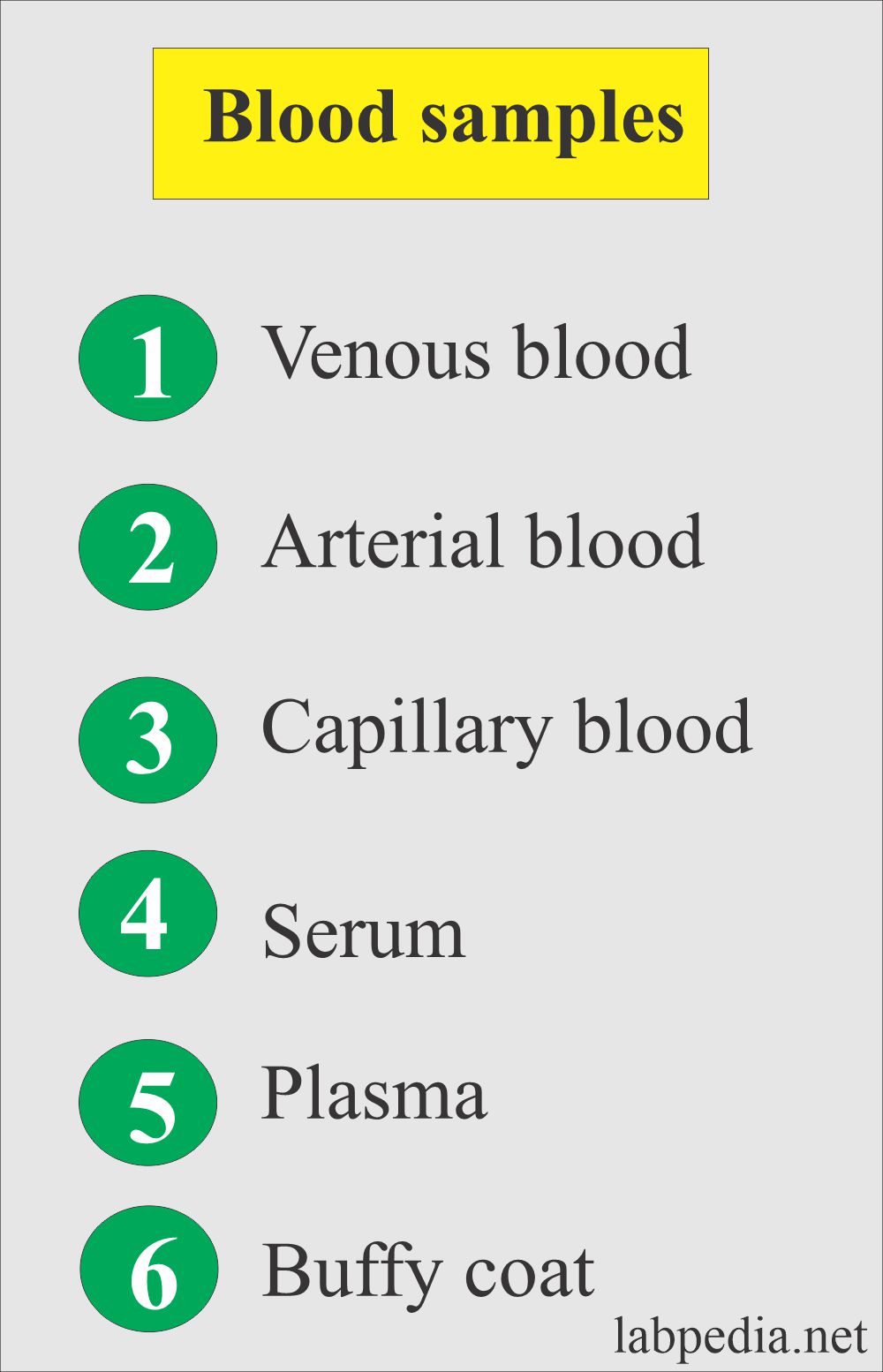



Types Of Blood Samples Criteria For Rejection Of The Blood Sample Color Coding Of The Blood Sample Tubes Labpedia Net
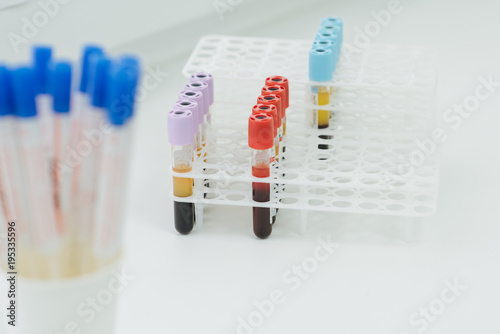



Medical Equipment Close Up Of Some 3 Ml Test Tubes With Mauve Plugs For Blood Samples On A Rack They Are Made Of Clear Plastic And Keeping Edta Anticoagulant Stock Photo




Pdf Evaluation Of Different Mixing Procedures For K2 Edta Primary Samples On Hematological Testing
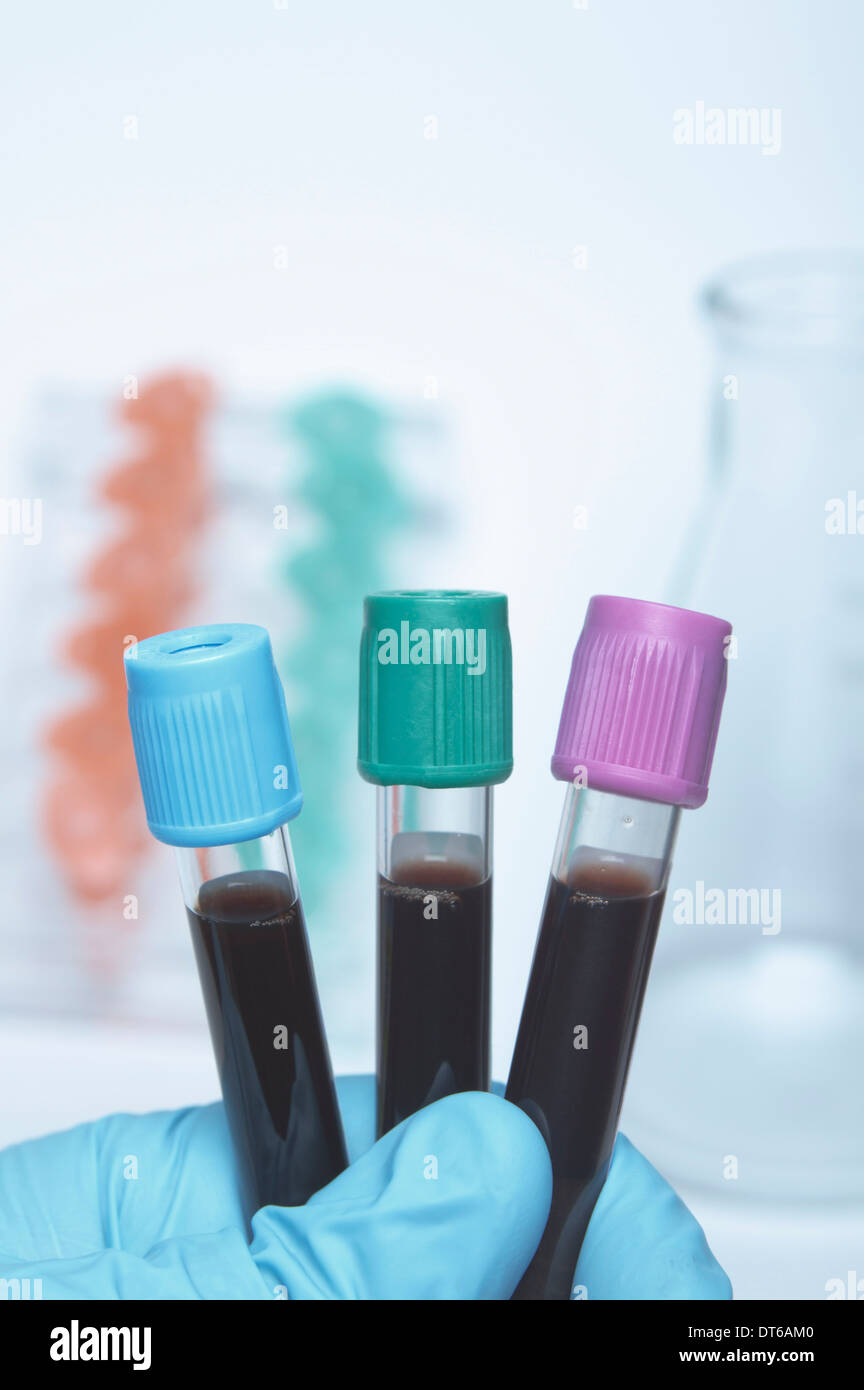



Edta Blood High Resolution Stock Photography And Images Alamy



Blood Collection Tubes Transparent Polypropylene Tubes Deltalab




Difference Between Plain Edta And Sugar Vial Blood Collection How To Collect Blood Samples Youtube




81 Edta Tube Stock Photos Pictures Royalty Free Images Istock




Blood Sample Kit




Edta Tube High Res Stock Images Shutterstock
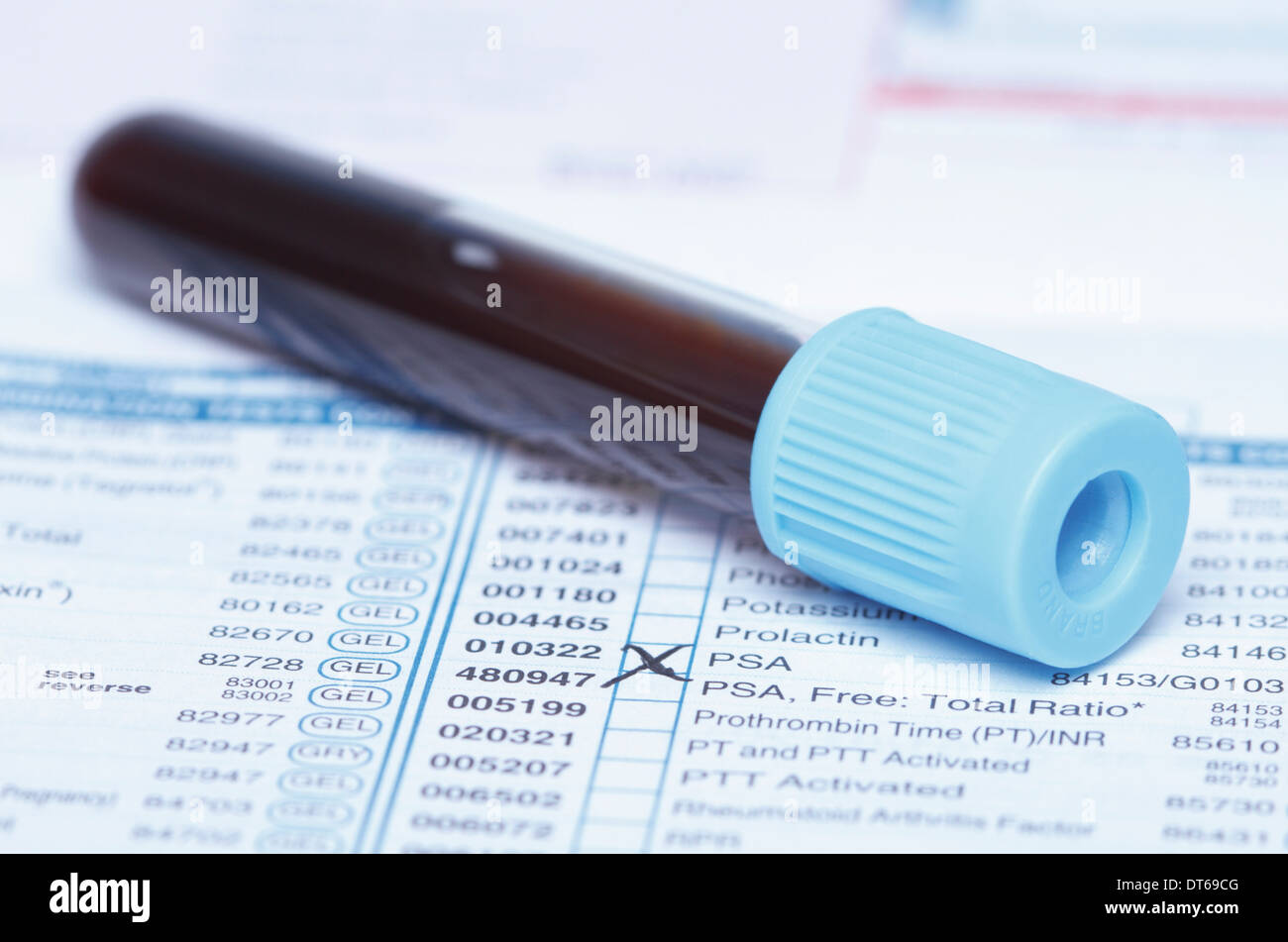



Edta Tube High Resolution Stock Photography And Images Alamy
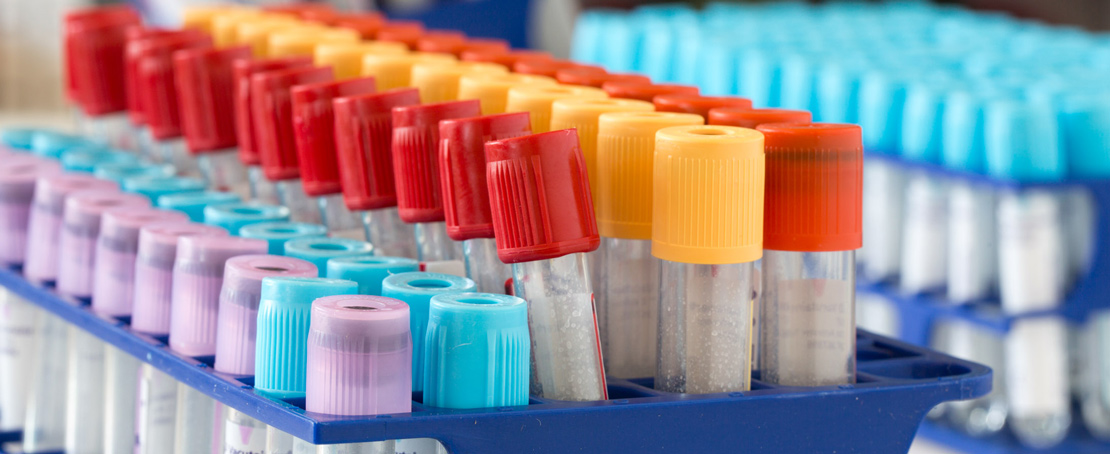



Order Of Draw



E D T A I N B L O O D S A M P L E S Zonealarm Results
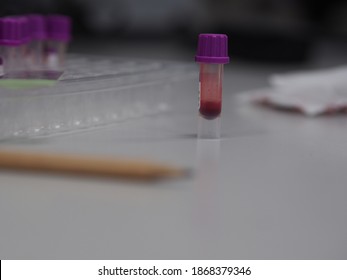



Edta Blood Images Stock Photos Vectors Shutterstock
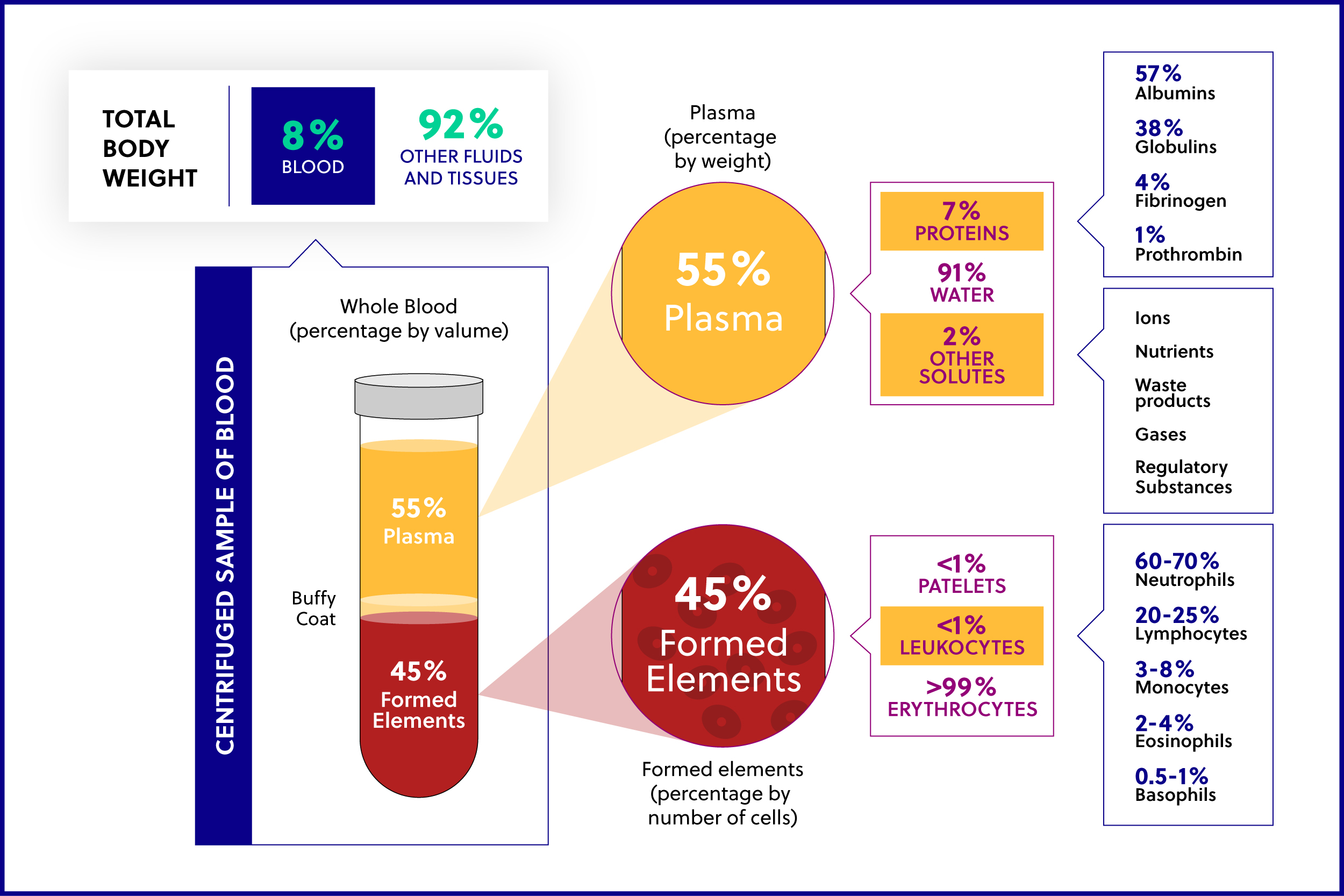



Blood Collection And Sample Considerations Immune Sequencing




Blood Sample Collection Tubes Top Colors And Anticoagulants Mode Of Action Youtube




Good Price Vacuum Blood Samplingtube K2 Or K3 Edta Test Tube 5 Ml China Tubes For Blood Samples Vacuum Tube Made In China Com




Blood Vial With Blood Sample With Syringe Blood Vial With Blood Sample With Syringe On Test Form Canstock



Brd Nci Nih Gov Brd Sop Download Pdf 1561
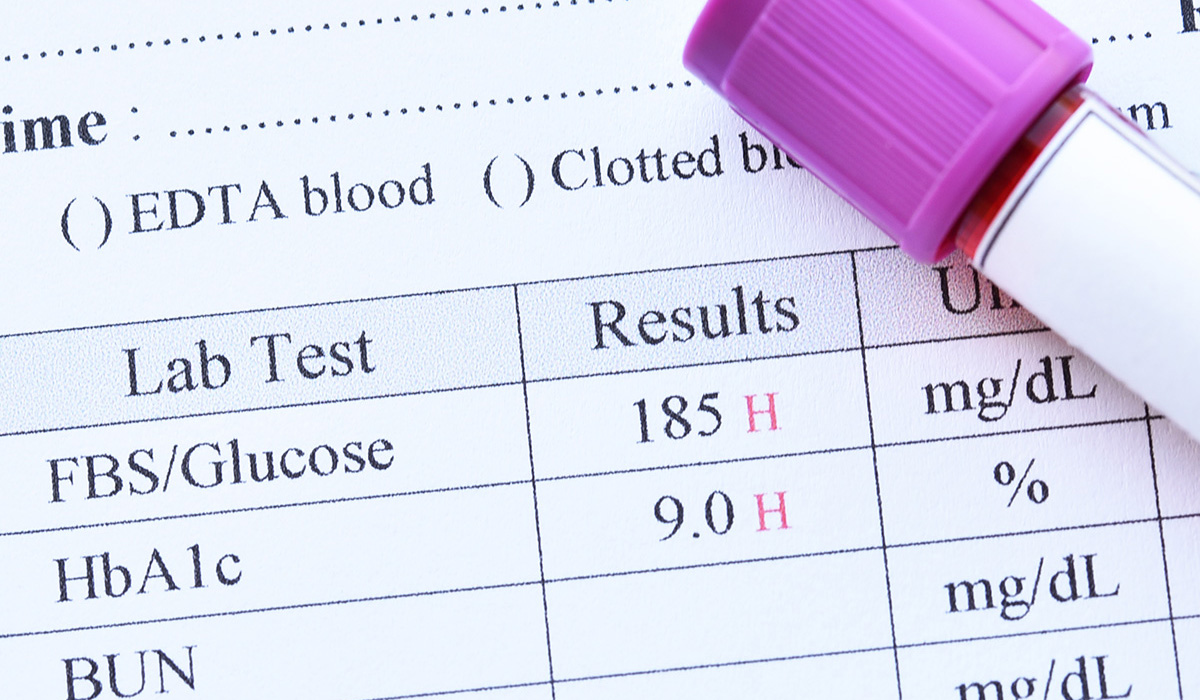



What Is The A1c Test Good Neighbor Pharmacy



What Is The Edta Test In Making A Murder And Why Is It Important



Long Term Storage Impacts Blood Dna Yield But Not Integrity Or Methylation




Blood Sample Vial With Whole Blood In A Edta Lavender Vial For Haematology Cells Count Stock Photo Download Image Now Istock




Paediatric Blood Sample Tubes With Edta Coating Servoprax Com




Vacutube Evacuated Blood Collection Tube
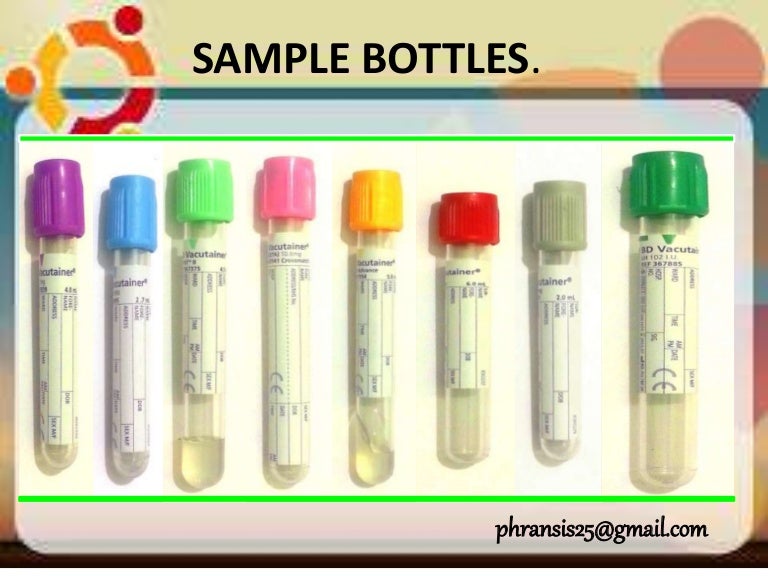



Sample Bottles



What Is The Edta Test In Making A Murder And Why Is It Important




Phlebotomy Top Gun Order Of Draw Do We Still Care Insights
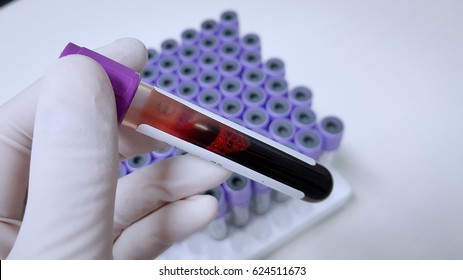



Edta Tube High Res Stock Images Shutterstock




Phlebotomy Tubes Explained E Phlebotomy Training
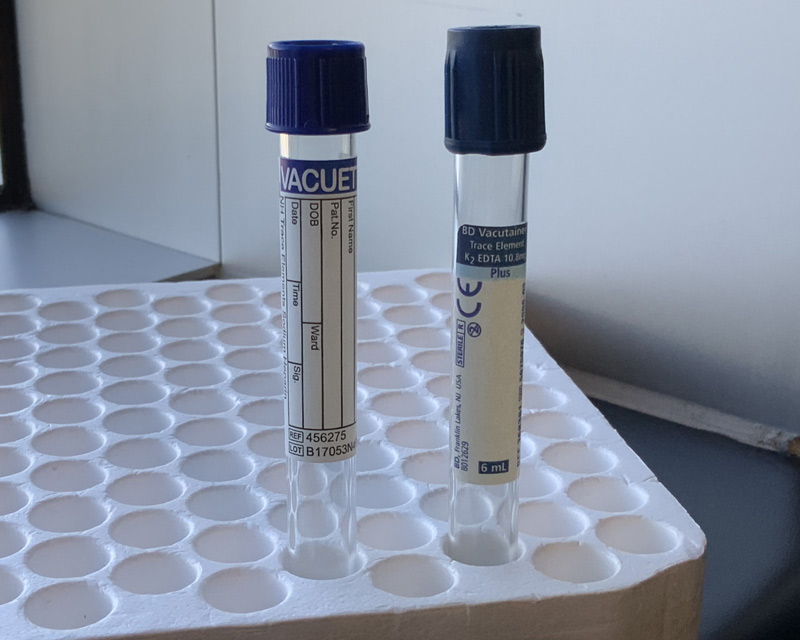



Procedure For Collecting And Sending Blood Samples Ctq Inspq
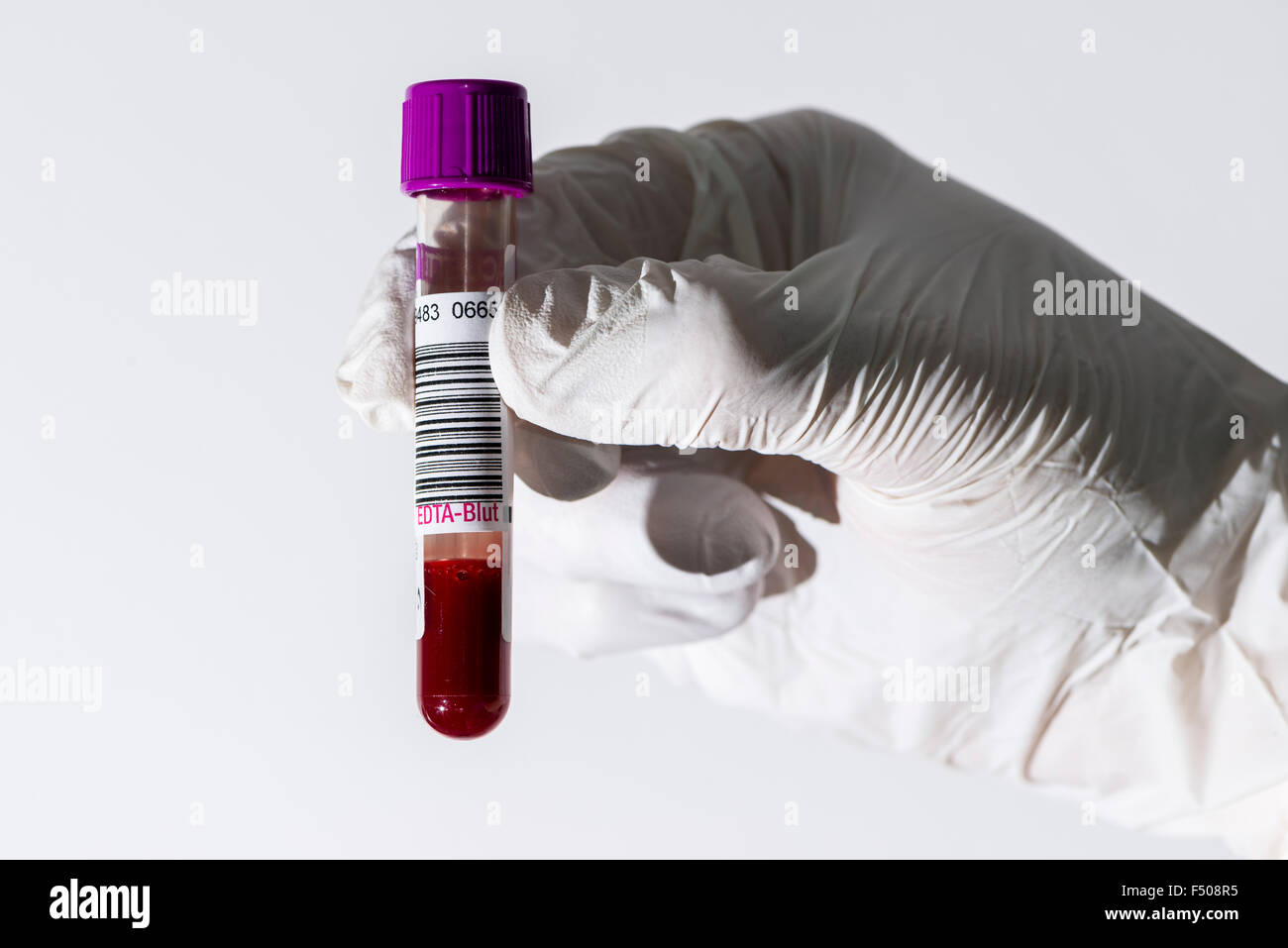



Edta Tube High Resolution Stock Photography And Images Alamy
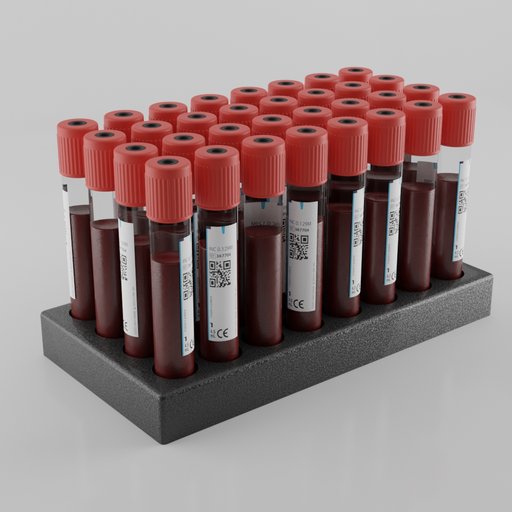



Blenderkit Model Edta Blood Sample Collection In Category Science Medical Equipment By Steffen Kogler



Making A Murderer Expert Explains The Fbi Edta Blood Test




Submit A Sample
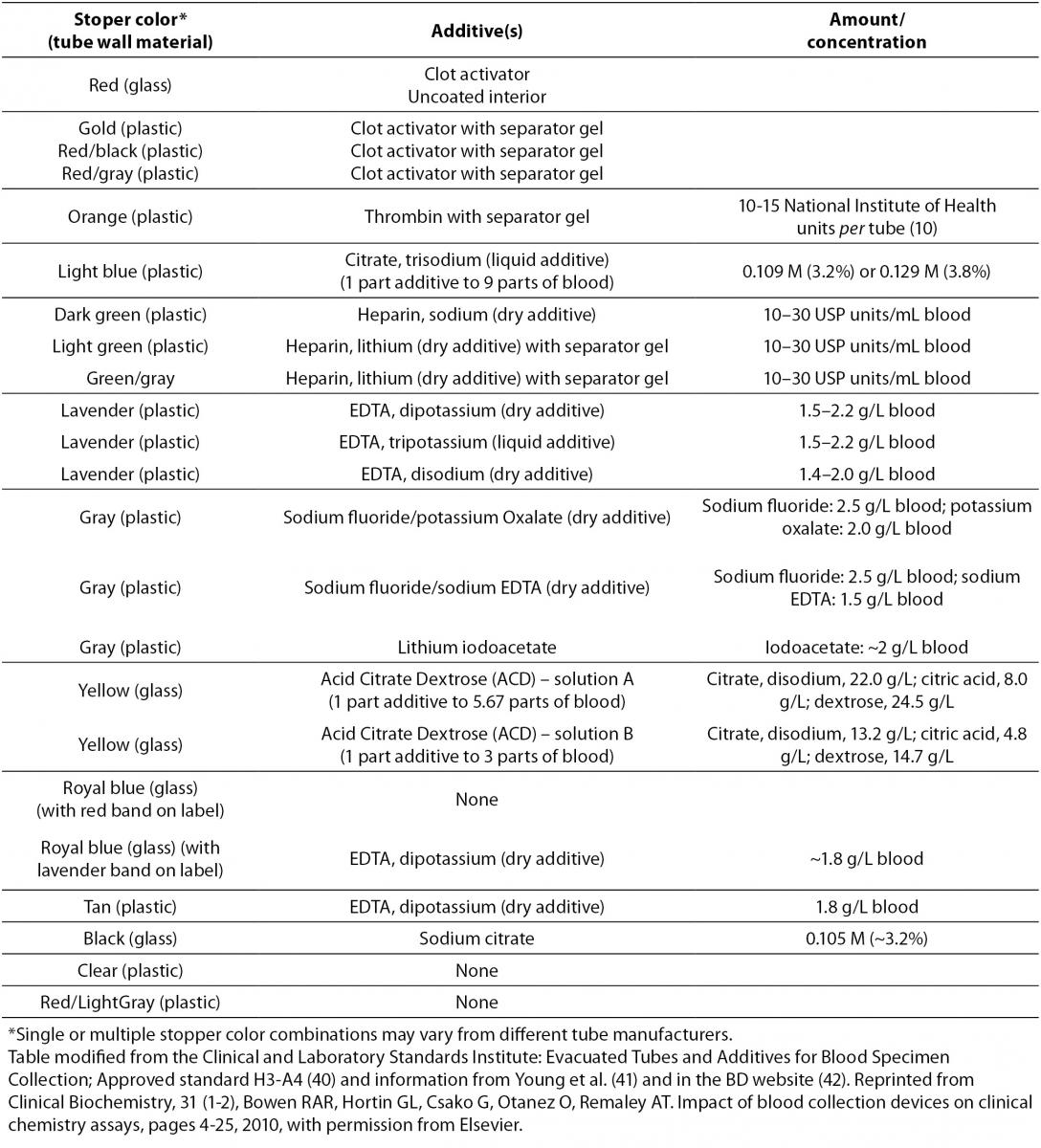



Interferences From Blood Collection Tube Components On Clinical Chemistry Assays Biochemia Medica
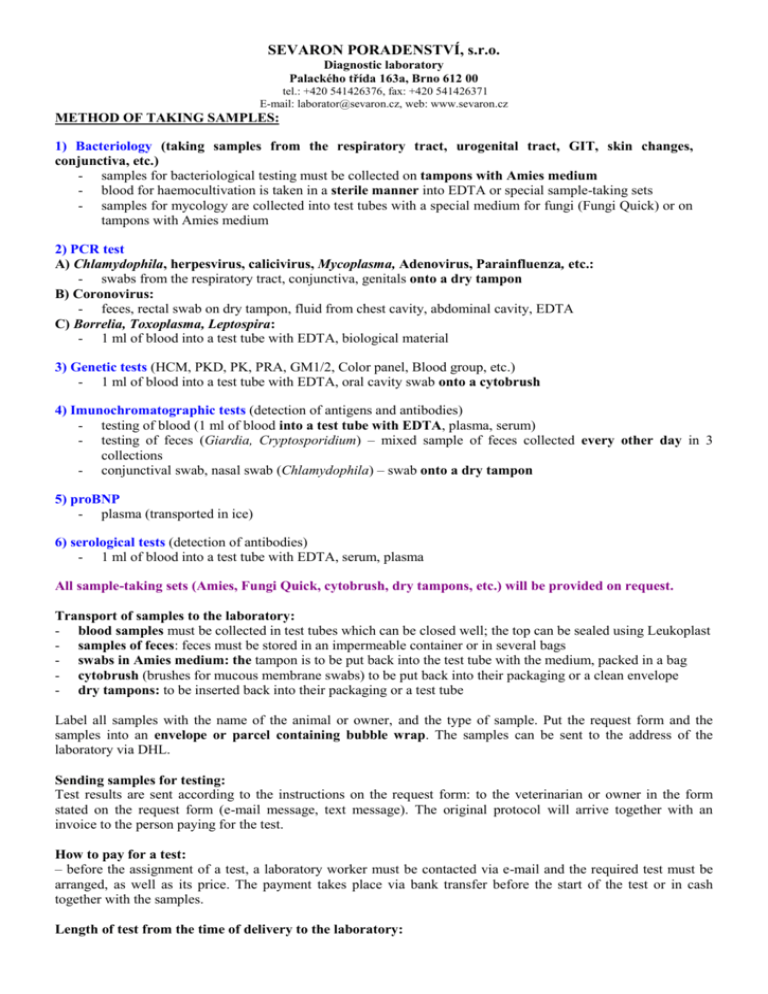



General Information On Collection Of Samples
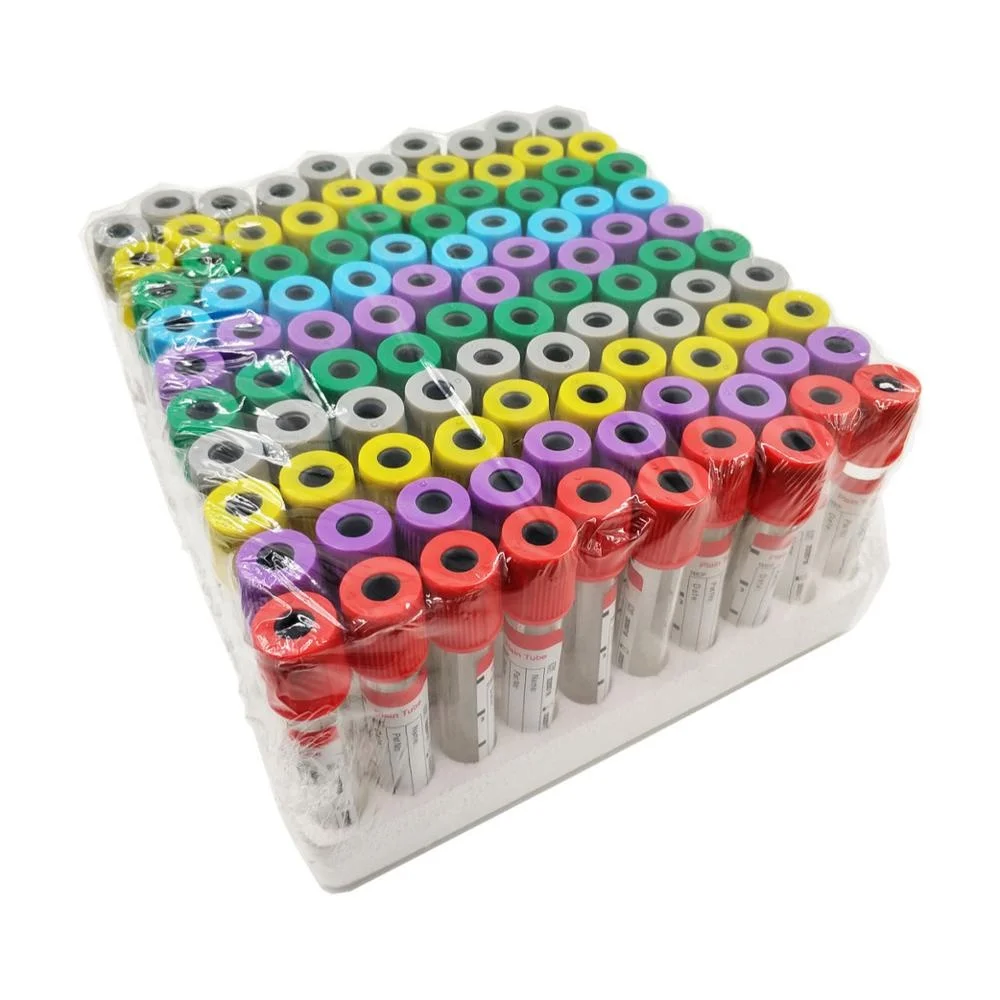



Vacuum Edta K2 K3 Tube For Blood Sample Taking And Blood Test Buy Vacuum Blood Edta K2 K3 Tube Blood Sample Taking Tube Blood Test Tube Product On Alibaba Com
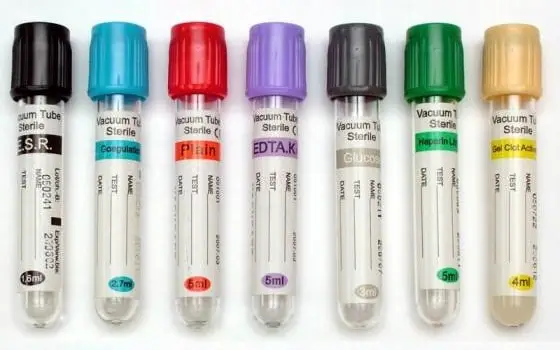



Common Blood Collection Tubes Their Additives And Laboratory Uses Laboratoryinfo Com
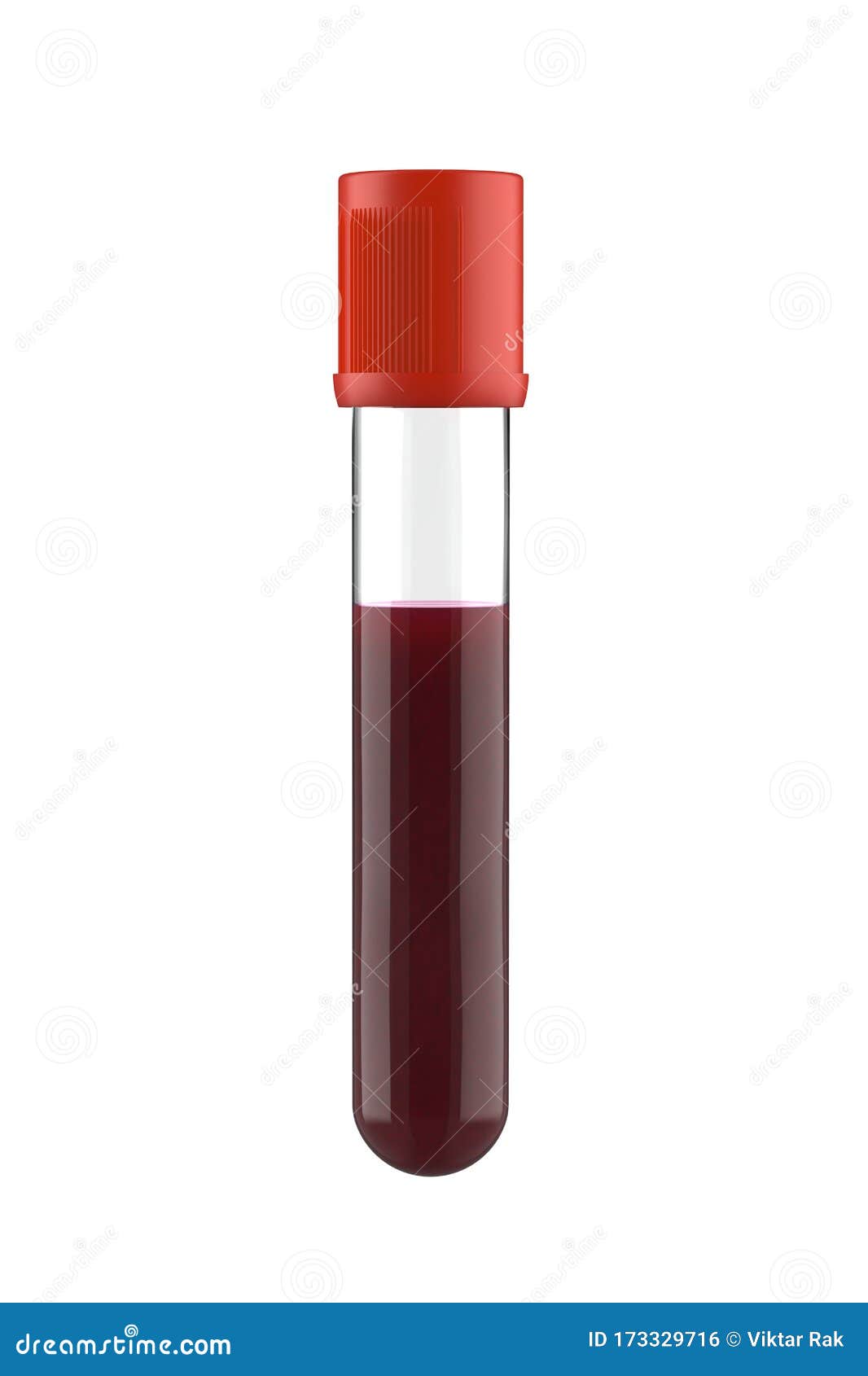



Empty Edta Vacuum Test Tube With Blood Sample Isolated On White Stock Illustration Illustration Of Enzyme Medicine



1




Next Wednesday May 7 Blood Collection In Mountain View Ca Personal Genome Project Blog




Blood Collection Tube An Overview Sciencedirect Topics




Hematology Case Study The Story Of The Platelet Clump Edta Induced Thrombocytopenia Lablogatory




Order Of Blood Draw Tubes And Additives




Edta Blood Sample Tube Blood Collection Tube For Laboratory Isolated Stock Photo Picture And Royalty Free Image Image




High Quality Good Price 2ml Sterile Sample Vacuum Edta K2 Blood Collection Test Tubes With Gel China Edta Tube Vacuum Tube Made In China Com
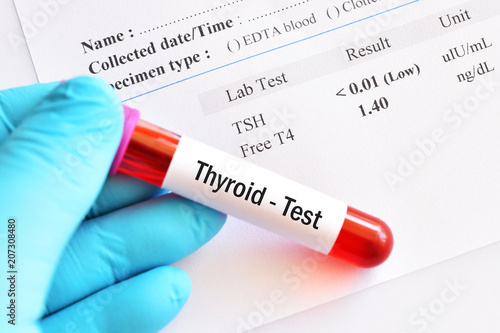



Blood Sample Tube With Abnormal Thyroid Hormone Test Result Stock Photo Adobe Stock




Solved 30 If You Are Collecting A Blood Sample To Perform Chegg Com
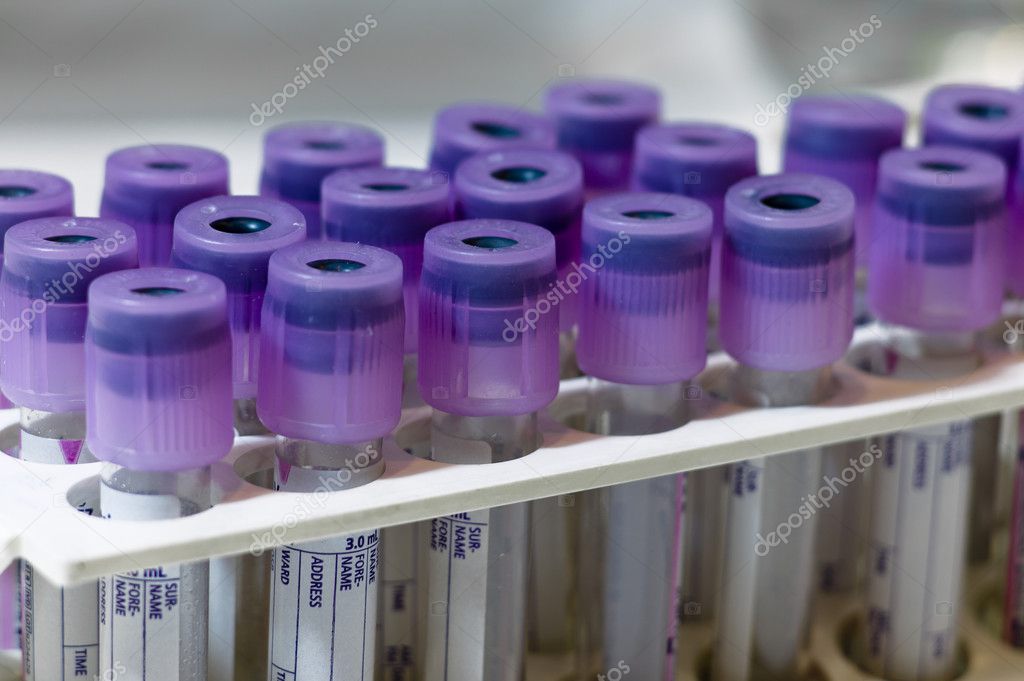



Test Tubes For Blood Samples Stock Photo Image By C Luciacv




Blood Collection Tube With Color Heads




Procedures With Blood Samples Download Table


